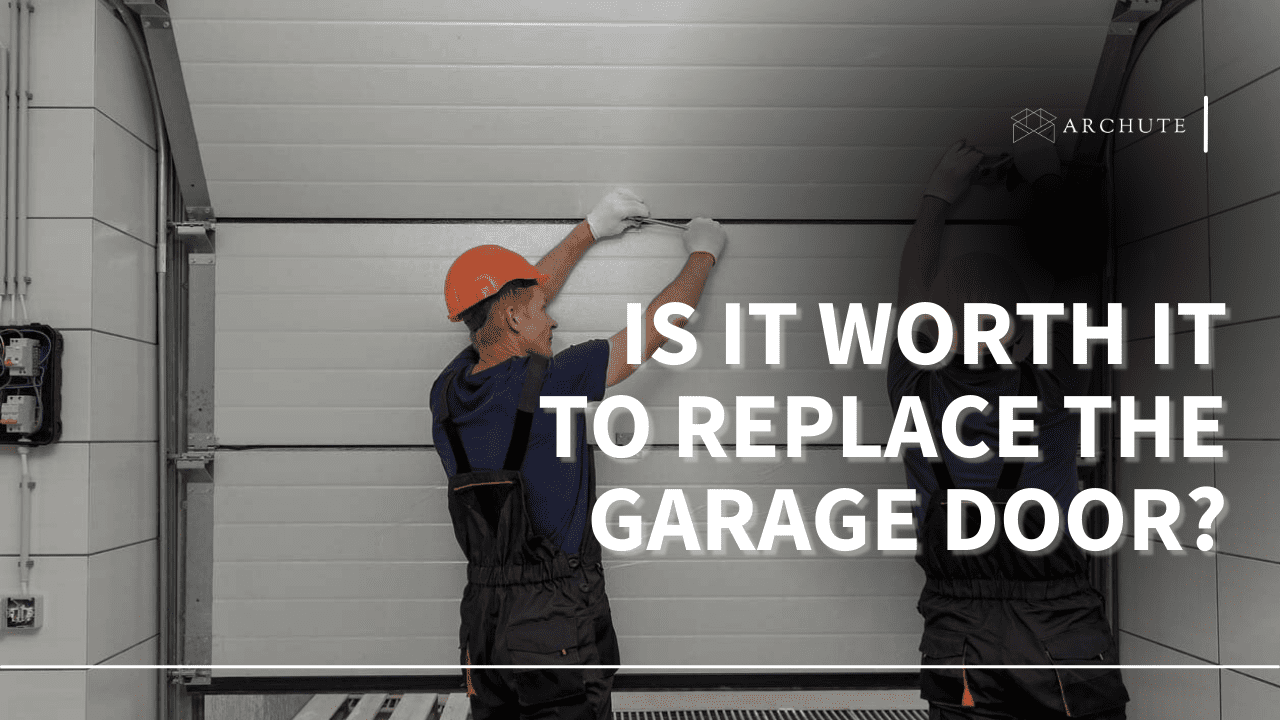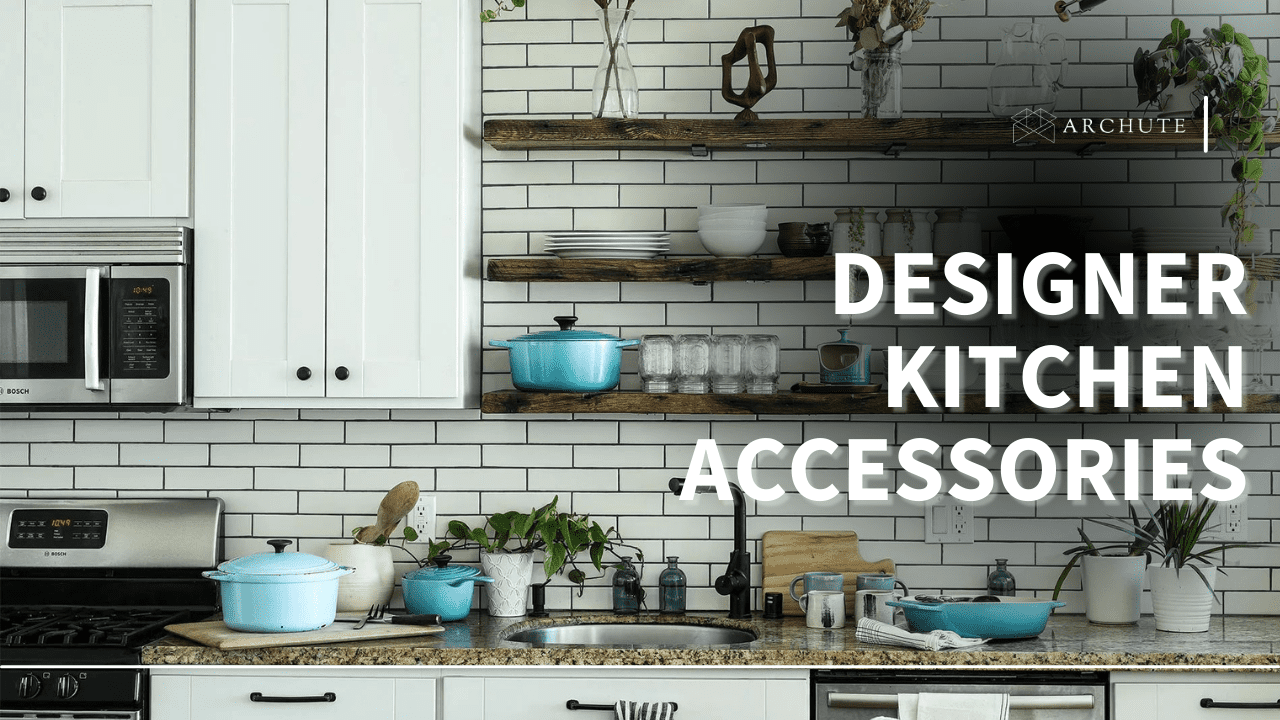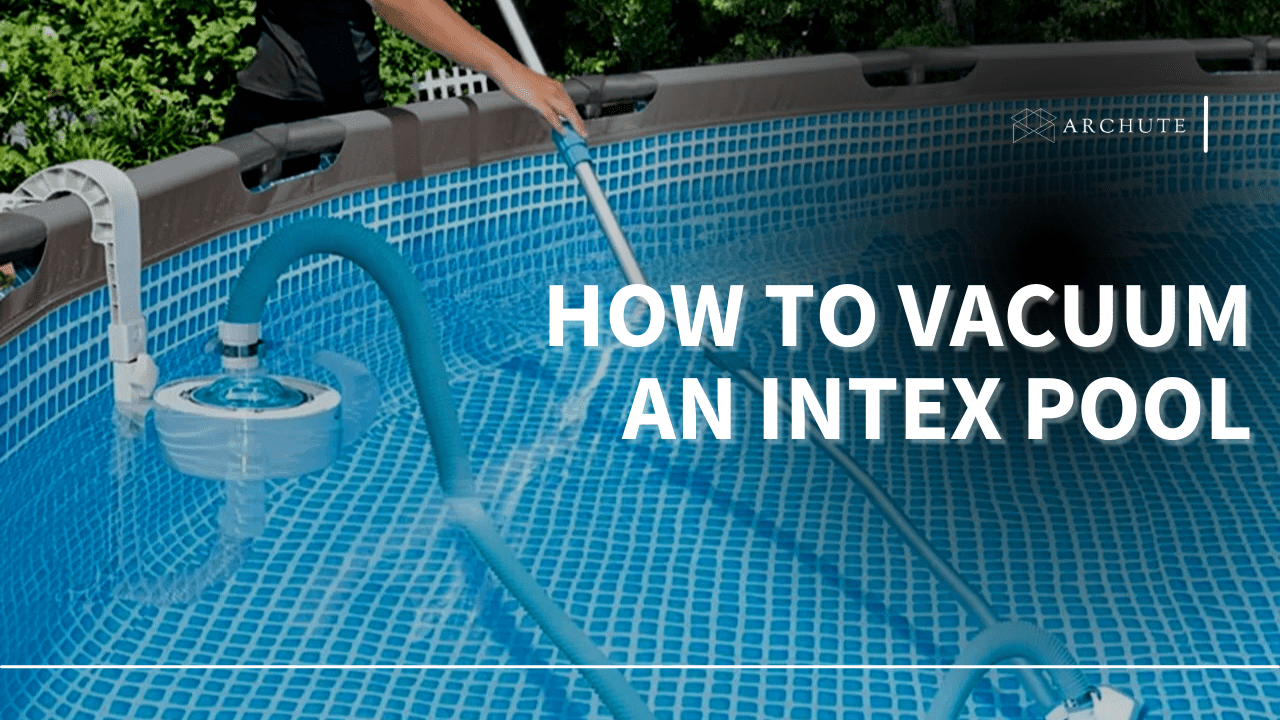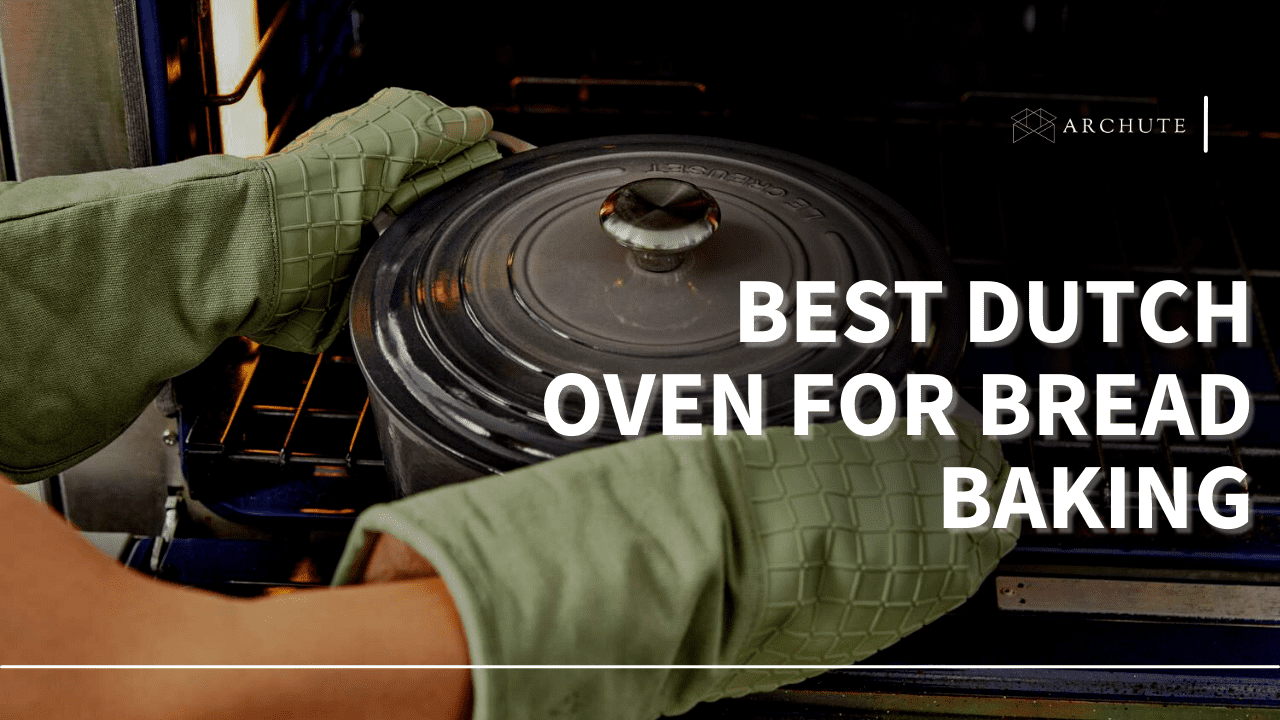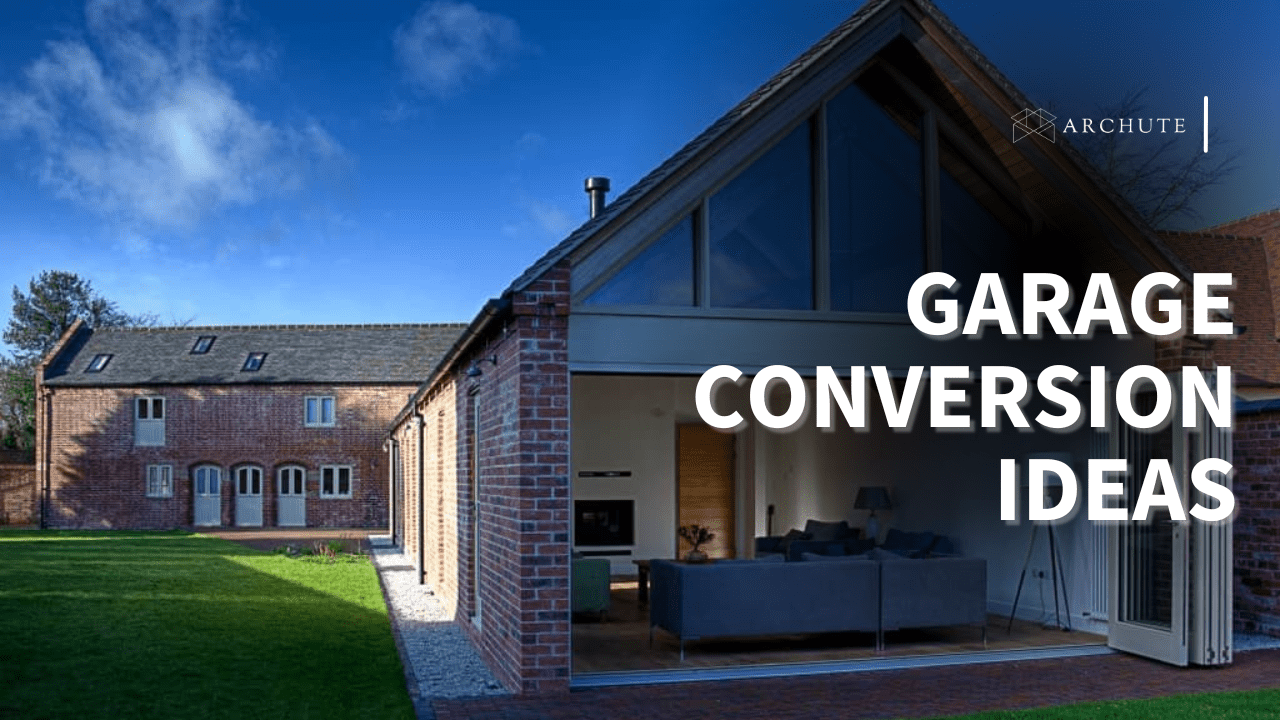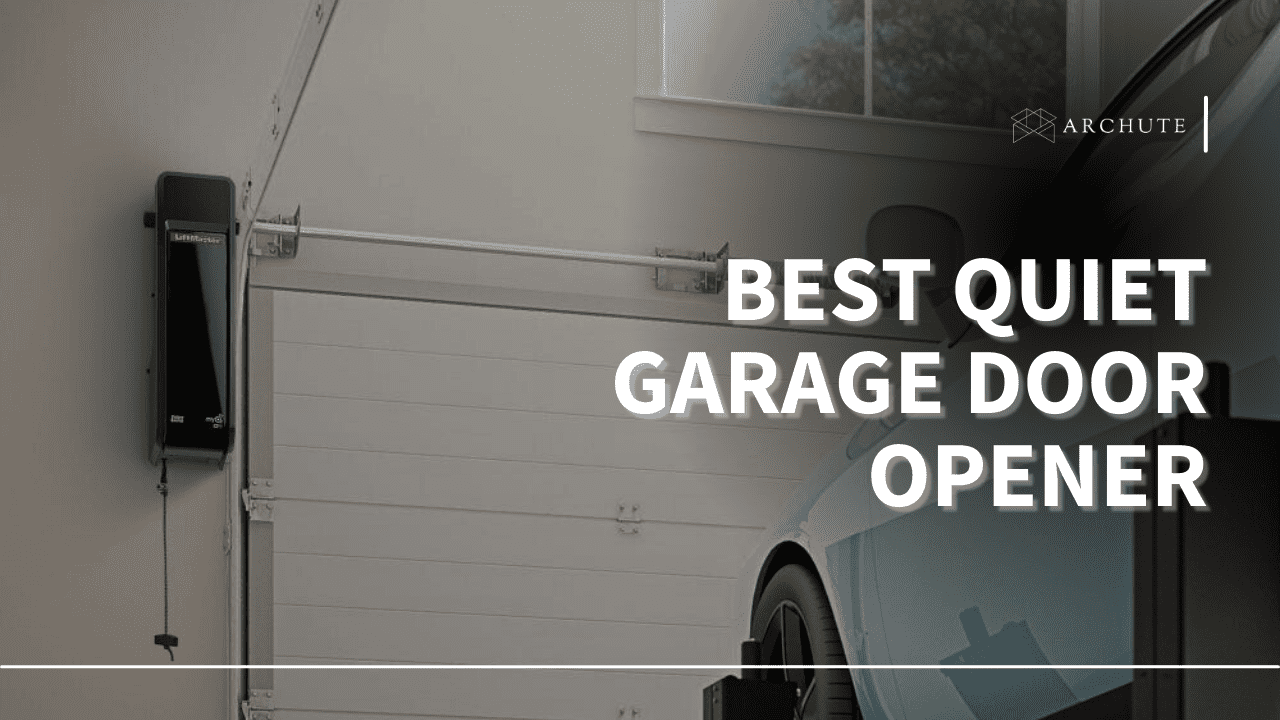If the garage door in your home is acting up, then a logical train of thought might lead you to whether you should repair or replace it. And whether or not replacing the door will be worth it or not.
Without knowing the exact state of issues in your garage door, it isn’t easy to comment on whether you should or should not replace it. But remember that a faulty garage door can vastly compromise the security of your home and the people inside it.
If replacing the garage door would remove that security issue, then it is worth it.
Benefits of Replacing Damaged Garage Doors
1. Security

Image credit: crowrivermedia.com
The garage door’s most important feature or characteristic should be security. It should be solid with no gaps and should lock well. If your garage door lacks these things, you should consider replacing it.
Simple faults can be easily repaired, but if the marks in question are a botched locking system or the garage door does not close, it is not alright to improve it. Depending on the amount of damage, a repair or weather-stripping job may not fix the issue. This will make your garage susceptible to thievery and even critters that get inside from within the gaps.
Think about it; the garage houses your car, maybe a washing machine, an extra freezer, and tools. What if robbers discover your vulnerable garage door and steal stuff from inside? Not a very nice thing to think about.
Yes, that is why you keep the security of your home updated at all times, and if that involves replacing the garage door, then so be it.
2. Investment For Your Home
Whenever you buy or make a home, it becomes a real estate property under your ownership. That automatically means that it is liable to undergo the effects of the changes in the financial market and change its value according to it.

Image credit: nwdusa.com
Thus, maintaining your home may be profitable when you sell the house and move somewhere. It should be in good condition to get a good value on the property.
And the garage is one of the first things people notice when they see your house. Having a malfunctioning or broken garage will bring down the aesthetic value of your home and, eventually, its financial value.
So, consider calling a garage door company to replace it as a positive investment after the real estate that will bring you good returns.
3. Lowered Energy Bills For Your Home
Modern garage doors cost quite a lot, but did you know these doors will save you some money in the long run? A well-insulated garage door reduces your carbon footprint by a lot, thus making it not only energy efficient but also cheaper when it comes to energy bills.
The reason behind this is simple; your garage door essentially acts as a solid barrier between the insides of your home and the outside nature. If the inside temperature of your home is not as affected by the changes in weather outside, then you will not be required to use temperature-changing devices such as heaters and coolers as much.
This reduces your home’s carbon footprint and energy bills because they convey energy efficiency.
4. Use Your Garage As A Store Room

Image credit: bobvila.com
Using the garage space as a storage room is nothing unusual. You may have bought a property with a garage space but don’t own a car. Why let all that space go to waste? Instead, you can make it into a storage room.
But that storage also needs security, which a sturdy garage door can ensure. And if you buy a car in the future, that will need security too. So why not keep the place ready?
5. Safe Against Weather
If you live in an area prone to frequent storms and cyclones, then you know exactly what kind of damage one night of a raging storm can do. If the installations on your property are quite old, you might wake up the following day to see the much-dreaded garage door gaps on the sides at best and a broken or crushed garage door at worst.
Now, it is safe to say that these gaps that develop because of damage cannot and should not be repaired temporarily unless you want a repeat of the same thing. So, the best course of action here is to get a new garage door. This will save you from repairing the door whenever your area undergoes a cyclone or storm.
6. The Appearance Of Your Home
How your house looks should be something you take pride in. Imagine this, you have a beautifully painted home with a trimmed driveway, and all but the old, rusty, and broken garage door sticks out like a sore thumb.
You may wonder if curb appeal and aesthetics are enough of a reason to buy a new garage door, but the thing is, if the door is already in a state of disrepair, then you will have to replace it sooner or later. So why not do it now?
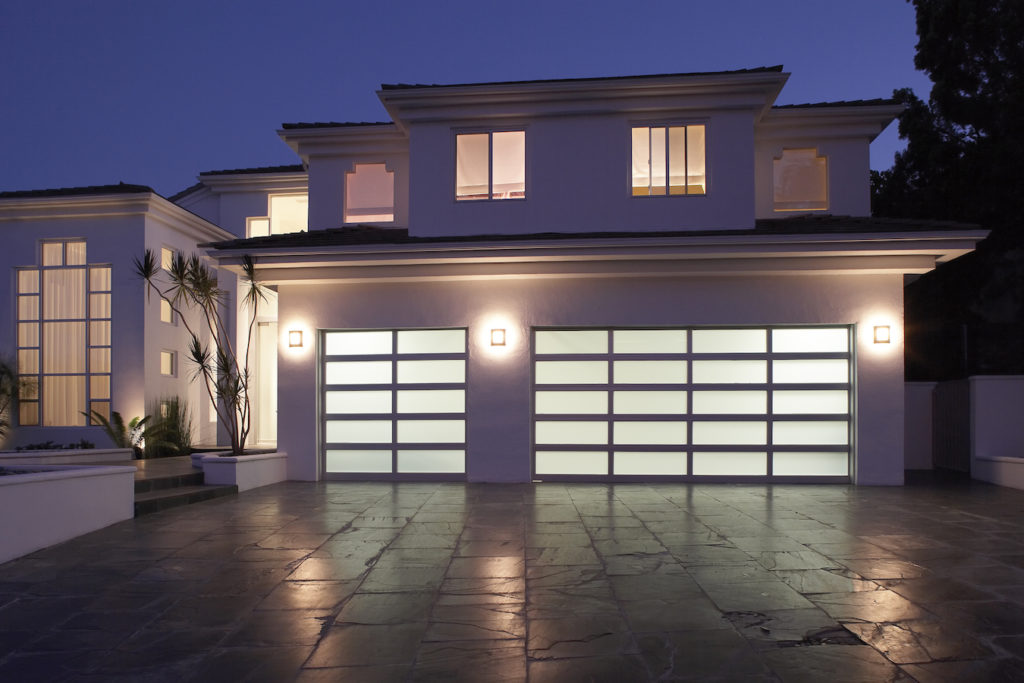
Image credit: overheaddoorkansascity.com
7. Better Functionality
Older garage doors may have outdated or faulty mechanisms, making them difficult to operate. For example, the door may not open or close smoothly or get stuck partway through the operation.
Modern garage doors have advanced technology that makes them much easier to operate. For example, many modern doors have remote operation and smart home integration features. These features make it much more convenient to use your garage door and can make your daily routine much smoother.
8. Reduced Maintenance
Older garage doors often require frequent maintenance, including painting, staining, and repairs. Over time, these maintenance tasks can become costly and time-consuming.
Modern garage doors require less maintenance than older doors. Modern doors have pre-finished surfaces that don’t require painting or staining. Additionally, modern garage doors are made with durable materials that are resistant to weathering and don’t require frequent repairs.
9. Quieter Operation
If you have an older garage door, you may have noticed it can be noisy when opening and closing. This noise can disrupt your family and neighbors, especially if you have an attached garage.
Modern garage doors are designed with advanced technology, making them much quieter than older ones. Many modern garage doors come with features such as belt-driven openers that produce minimal noise when opening and closing. This can make your garage door operation quieter and less disruptive to your family and neighbors.
How to DIY a Garage Door Replacement
While it may seem daunting to replace a garage door, it is a task that garage door homeowners with the right tools and knowledge can complete.

Image credit: jrdoors.com
Step 1: Gather Tools and Materials
Before starting any home improvement project, having all the necessary tools and materials is essential. Here are the tools and materials you will need to DIY a garage door replacement:
- New garage door (make sure to measure existing doors to ensure you purchase the correct size)
- Garage door opener (optional)
- Garage door springs
- Safety glasses
- Gloves
- Hammer
- Screwdriver
- Wrenches
- Tape measure
- Level
- Sawhorses
- Drill and bits
- Lag screws
- Bolts
- Nails
Step 2: Remove the Old Garage Door
The first step in replacing a garage door is removing the old one. Begin by unplugging the garage door opener and disengaging the door from the opener. If your garage door does not have an opener, skip this step.

Image credit: garagedoorus.com
Next, remove any weather stripping or trim around the door. Use a screwdriver to remove the screws holding the trim in place. Once the trim is removed, prop up the door with a sawhorse. Be sure to support the door properly to avoid damaging it.
Now it is time to remove the springs. Springs are under high tension and can be dangerous if mishandled. Put on safety glasses and gloves to protect yourself. Use a wrench to loosen the bolts holding the springs in place. Once the bolts are removed, carefully release the tension on the springs and remove them.
Now it is time to remove the door from the tracks. Use a hammer to tap the track rollers out of the track. Once the rollers are removed, the door can be removed from the track.
Step 3: Install the New Garage Door
With the old garage door removed, it is time to install the new door. Begin by attaching the hinges to the top of the door. Hinges should be spaced evenly along the top of the door and attached with screws.
Next, attach the rollers to the sides of the door. The rollers should be installed at the top of the door and spaced evenly down the side. The rollers should also be installed on the bottom of the door. Once the rollers are installed, place the door in the track.
Now it is time to install the springs. Springs should be installed in the same position as the old springs. Use a wrench to tighten the bolts holding the springs in place. Once the springs are installed, adjust them to the correct tension. A properly tensioned torsion spring should easily lift the door and hold it in place when open.

Image credit: readingeagle.com
Once the springs are installed, attach the lift handles to the sides of the door. Lift handles should be attached with bolts and nuts. Now it is time to install the garage door opener. If you have purchased a new opener, follow the manufacturer’s instructions for installation. If you are reusing an existing opener, reattach it to the door.
Step 4: Adjust the Garage Door
With the new door installed, it is time to adjust it to ensure proper operation. Begin by checking the alignment of the door. Use a level to check that the door is plumb and adjust as necessary.
Next, check the spacing between the door and the frame. The spacing should be even on both sides of the door. Adjust the tracks as necessary to ensure proper spacing.
Once the spacing is correct, adjust the tension on the springs. Use caution when adjusting springs, as they are under high tension and can be dangerous if mishandled. Adjust the tension until the door opens and closes smoothly and evenly.
Next, test the garage door opener. Test the opener to ensure it is properly installed and functioning. If there are any issues, consult the manufacturer’s instructions or seek professional assistance.
Finally, install any weather stripping or trim around the door. Use screws to attach the trim, and ensure the weather stripping is properly sealed to prevent drafts.
Garage Door Replacement Cost
When replacing the garage door, there are several factors that you should consider, including the following:
1. Garage Door Material
Garage doors are made from various materials, such as wood, steel, aluminum, fiberglass, and vinyl. The type of material you choose will affect the garage door replacement cost. Wood doors are the most expensive due to their aesthetic appeal and durability. Steel doors are also popular and durable, making them a cost-effective option.
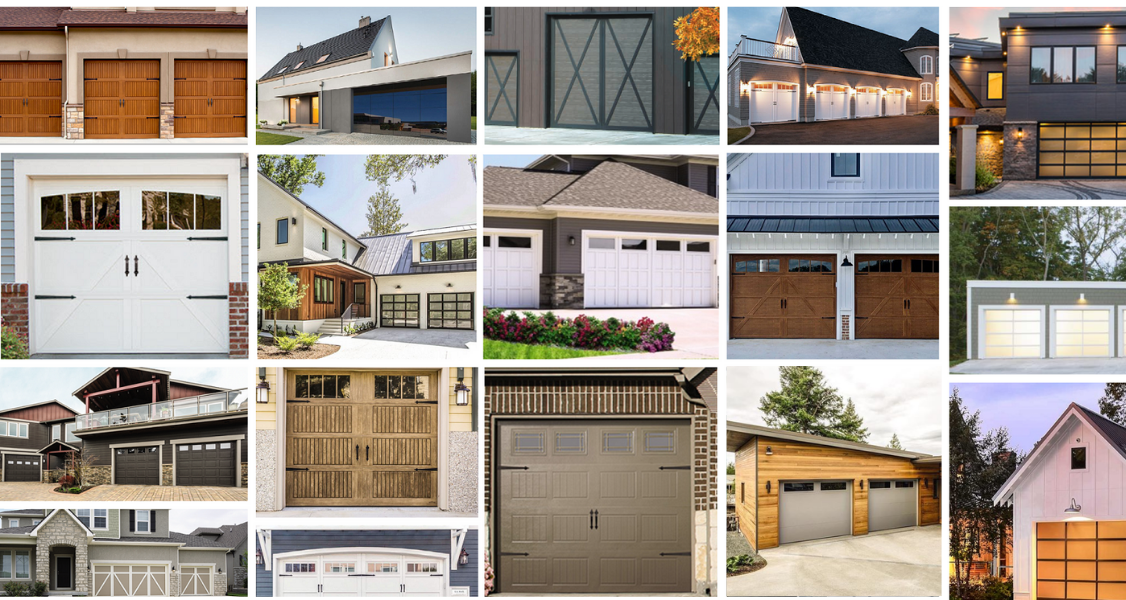
Image credit: overheaddoorco.com
Aluminum doors are lightweight and affordable, making them a popular choice. Fibreglass and vinyl doors are relatively inexpensive, but they are not as durable as wood or steel.
2. Garage Door Style
Garage doors come in different styles: traditional, carriage-house, contemporary, and modern. Each style has unique features, such as the number of panels, the design, and the materials used. The style you choose will affect the cost of the garage door replacement. For example, a traditional-style garage door with wood panels will be more expensive than a contemporary-style aluminum door.
3. Garage Door Size
The size of your garage door is another factor that affects the replacement cost. Standard garage doors are typically 8 feet by 7 feet or 9 feet by 7 feet for single doors and 16 feet by 7 feet for double doors.
Custom sizes may also be available, but they will be more expensive than standard sizes. Additionally, if your two-car garage door is larger than the standard size, you may need to pay for additional labor and materials to install the replacement.

Image credit: mistergaragedoorrepair.com
4. Garage Door Installation Costs
The installation of a new garage door requires professional skills and equipment. The installation cost will depend on the complexity of the installation, the types of garage doors, and the labor charges in your area. Some companies may include installation costs in the garage door replacement price, while others may charge separately.
5. Additional Features
Garage doors have various features, such as windows, insulation, decorative hardware, and smart technology. These features will add to the cost of the garage door replacement. For example, a garage door with windows will be more expensive than a door without windows. Similarly, a garage door with smart technology will be more expensive than a traditional garage door.
6. Removal and Disposal of Old Garage Door
If you are replacing an existing garage door, you may need to pay for the removal and disposal of the old door. Some companies may include this cost in their installation charges, while others may charge separately.
7. Garage Door Maintenance
To ensure the longevity of your garage door, it is essential to perform regular maintenance, such as lubricating the moving parts and inspecting the door for damage. You may need to hire a professional to perform these tasks, which can add to the overall cost.
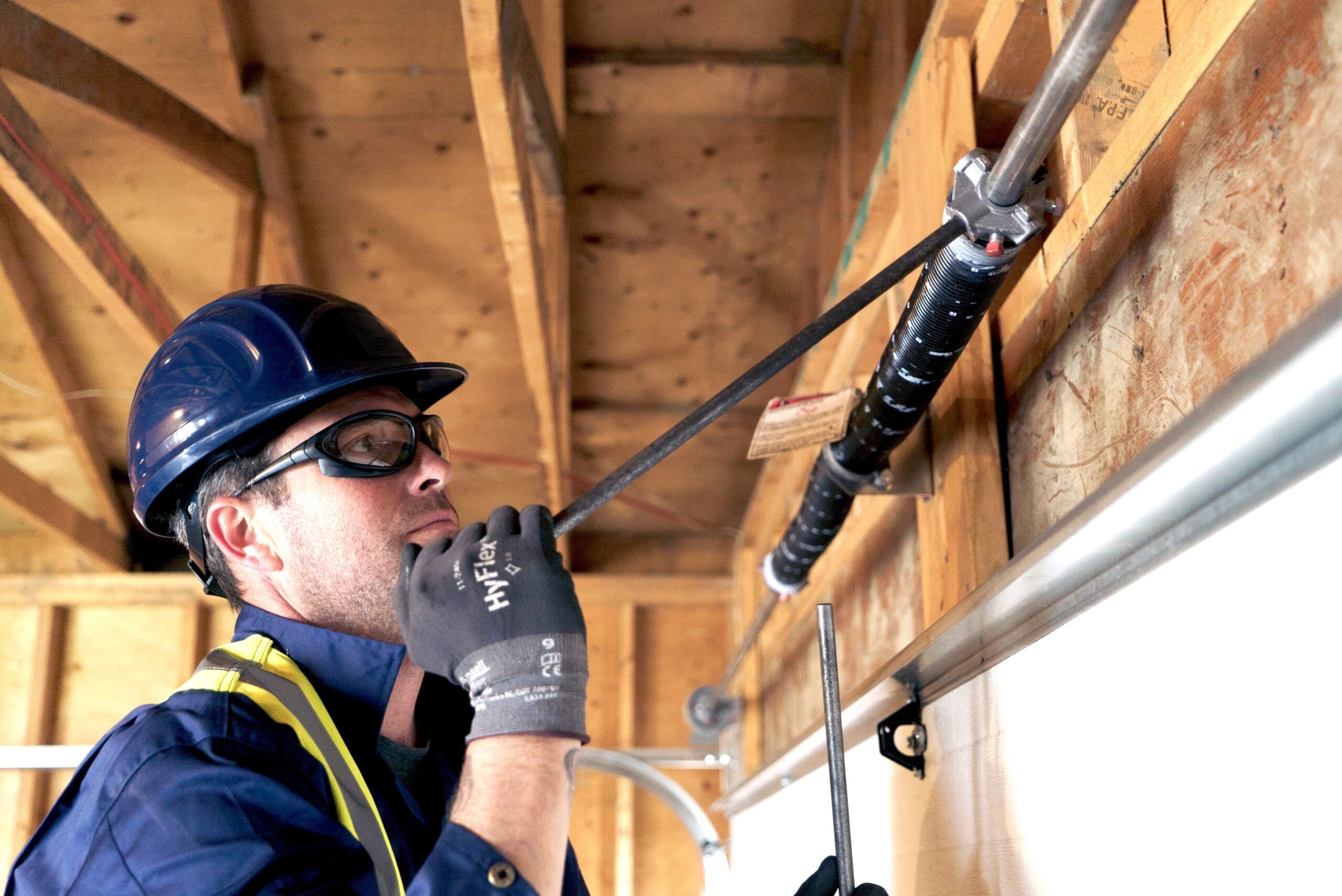
Image credit: thearchitecturedesigns.com
8. Building Permits
Sometimes, you may need a building permit for a garage door replacement. The cost of a building permit can vary depending on the location and project scope.
How to Save Money on Garage Door Replacement
Garage door replacement can be expensive, but there are several ways to save money on the replacement cost. Here are some tips and tricks to help you save money:
1. Do Your Research
The first step in saving money on garage door replacement is researching. Research different garage door styles, materials, and brands to find the best fit for your home and budget. Some materials, such as steel or aluminum, may be more affordable than others, like wood or fiberglass. You may also find that certain brands offer better value for money, so be sure to read reviews and compare prices.
2. Consider DIY Installation
One of the most significant costs associated with garage door replacement is installation. Hiring a professional to install your new garage door can cost several hundred dollars, depending on the installation’s complexity and location. However, if you’re handy with tools and have some experience with DIY projects, you may be able to install your garage door yourself.

Image credit: blog.puls.com
Most garage door manufacturers provide detailed installation instructions with their products. You can also find installation guides online or on YouTube. Ensure you have the right tools and equipment before you begin, and be prepared to spend several hours on the project.
3. Consider Refurbished or Used Doors
If you’re on a tight budget, consider buying a refurbished or used garage door. Many companies offer refurbished garage doors repaired and restored to like-new condition. These doors may have some cosmetic flaws, but they can still provide the same security and protection as a brand-new door.
You can also look for used garage doors online or in classified ads. Make sure to inspect the door thoroughly before buying, and ask the seller for any maintenance or repair records they have. Remember that used garage doors may not come with a warranty, so you’ll be responsible for any repairs or maintenance needed.
4. Choose a Simple Design
Garage doors come in many designs and styles, some of which can be elaborate and expensive. To save money on garage door replacement, consider choosing a simple design. A basic, single-door panel can be much more affordable than a custom-designed, multi-panel door.
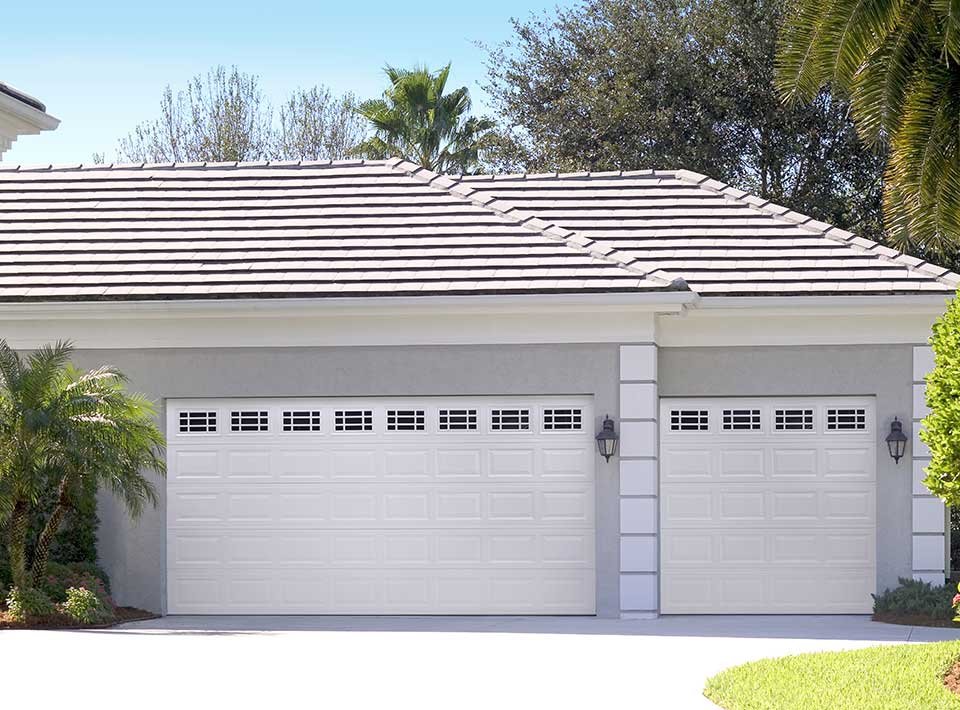
Image credit: garagedoorfredericksburgva.com
You can also save money by choosing a standard size for your garage door. A custom door can be more expensive, requiring additional manufacturing and installation costs.
5. Take Advantage of Rebates and Tax Credits
Many states and local utility companies offer rebates or tax credits for energy-efficient garage doors. These doors are designed to provide better insulation and can help reduce your heating and cooling costs. Check with your local utility company or state energy office to see if you qualify for rebates or tax credits.
How to Extend Your Garage Door’s Lifespan
With proper care and maintenance, a garage door can last for decades. This is how to extend your garage door’s lifespan:
1. Lubrication

Image credit: housegrail.com
Regular lubrication is one of the easiest and most effective ways to extend your garage door’s lifespan. Lubrication keeps the moving parts of your garage door working smoothly, reduces friction, and prevents wear and tear. It also protects against rust and corrosion, which can cause damage to the garage door.
You need to use a high-quality lubricant specifically designed for garage doors to lubricate your garage door. Do not use WD-40 or any other general-purpose lubricant, as it can attract dust and dirt and cause more harm than good. Apply the lubricant to all the moving parts, including the extension springs, rollers, hinges, and tracks.
2. Regular Maintenance
Another essential tip for extending your garage door’s lifespan is to perform regular maintenance. Regular maintenance can help you identify and fix potential issues before they become major problems. It can also help you save money on expensive repairs down the line.
During regular maintenance, inspect your garage door’s components, including the springs, cables, rollers, and hinges. Look for any signs of wear and tear or damage, such as rust, corrosion, or cracks. If you notice any issues, address them immediately to prevent further damage.
3. Balance Testing
A balanced garage door is essential for smooth and safe operation. An unbalanced garage door can cause excessive strain on the opener and other components, leading to premature failure. To ensure that your garage door is balanced, perform regular balance testing.
To test the balance of your garage door, disconnect the opener and manually operate the door. If the door stays in place when you lift it halfway, it is properly balanced. If it falls, it is unbalanced, and you need to adjust the springs.
4. Weather Stripping

Image credit: besserbros.com
Weatherstripping is an essential component of your garage door that helps seal the gap between the door and the frame. It prevents drafts, keeps out pests, and protects against moisture and water damage. Over time, weather stripping can wear out, crack, or become brittle, leading to reduced efficiency and increased wear and tear on your garage door.
To extend the lifespan of your garage door, inspect the weather stripping regularly and replace it when necessary. Look for signs of wear and tear, such as cracks, gaps, or tears. Also, ensure the weather stripping is properly installed and flush with the door frame.
5. Keep the Tracks Clean
The tracks of your garage door are essential for smooth and safe operation. They guide the door as it opens and closes, and any debris or obstruction in the tracks can cause the door to jam or malfunction. Keep the tracks clean and debris-free to keep your garage door functioning efficiently and safely.
Regularly inspect the tracks for any signs of damage, such as dents or bends. If you notice any issues, address them immediately to prevent further damage. Also, clean the tracks regularly using a soft brush and mild detergent to remove dirt, dust, and debris.
6. Use Your Garage Door Properly
Proper use of your garage door can go a long way in extending its lifespan. Avoid slamming the door or using excessive force to open or close it, as this can cause damage to the components. Also, do not overload your garage door with heavy items, as this can strain the opener and other components.
When opening or closing your garage door, use the appropriate controls, such as the remote or wall switch. Do not try to open or close the door manually if it is not functioning correctly or if the opener is malfunctioning. This can cause further damage and increase the risk of injury.
Frequently Asked Questions on Garage Door Replacement
a) Can I replace my garage door myself?

Image credit: overheadtampa.com
If you are confident in your ability to replace your garage door and have the necessary skills, tools, and knowledge, then you can do it yourself. However, it is important to note that the installation process can be dangerous and may result in injury if not done correctly.
b) What to consider when replacing garage doors?
Several factors you should consider when replacing garage doors include style, material, insulation, size, security, cost, and professional installation, as discussed in this article.
c) Can you replace a garage door without changing the rails?
In general, replacing a garage door without changing the rails is possible, but this will depend on the specific situation and the condition of the existing rails.
If the existing rails are in good condition and are compatible with the new garage door, then it is likely that the new door can be installed on the old rails. However, if the rails are damaged or incompatible with the new door, it may be necessary to replace them as well.
d) How often should you replace your garage door?
The lifespan of a garage door can vary depending on several factors, such as the quality of the door, the level of maintenance, and the frequency of use. Generally, a well-maintained garage door can last 15-30 years.
However, if your garage door shows signs of wear and tear, such as rust, cracks, or dents, it may need to be replaced sooner. Additionally, if your garage door is not functioning properly and requires frequent repairs, replacing it may be more cost-effective.
e) Can I replace a section of the garage door?
Yes, it is possible to replace a section of a garage door. If the damage is limited to a single section, it may be more cost-effective to replace that section rather than the entire door.
The process of replacing a garage door section will depend on the type of door you have. In general, you will need to measure the dimensions of the damaged section, purchase a replacement section that matches the style and color of the existing door, and then remove the damaged section and install the replacement.

